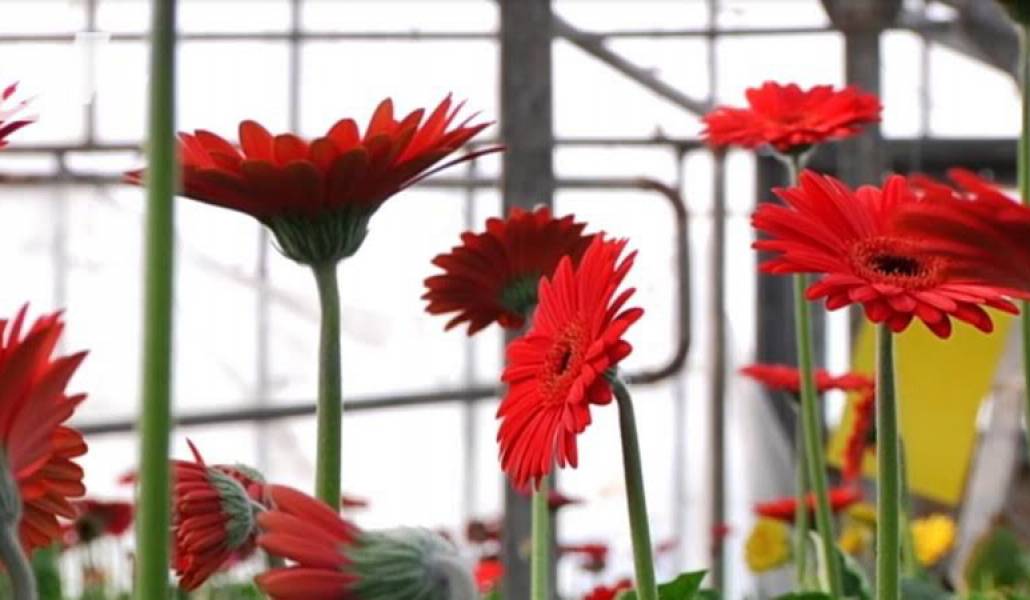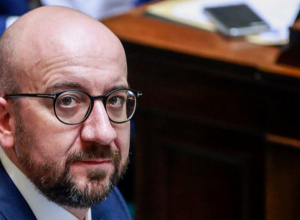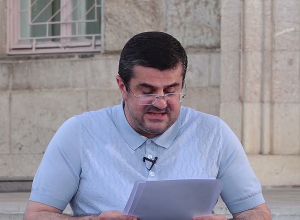We bring carnations from Turkey to take them to Genocide memorial in Yerevan (video)

Floriculture (or flower farming) can become one of the most profitable businesses in Armenia. However, the industry has not developed in the country yet for several reasons. “Our farmers propagate plant material from one generation to another and the quality declines as a result. Why do they do it? …because the plant material is expensive, the cost is expensive, plus transportation costs. Besides, they have to pay 30 percent of their income in taxes, including VAT (20%) and customs duty (10%),” says Poghos Gevorgyan, President of the Armenian Greenhouse Association. Farmers in Geghanist village (Ararat marz) have been growing gerbera daisies in greenhouses for 10 years. They pick 300 000 gerberas from an area that covers 2,000 square kilometers. Gerberas are highly priced on the local market. The price ranges from AMD 40 to AMD 130 depending on the season. Flower growers export gerberas to Russia whenever possible, but they say they do not have any gain. “They feel happy when they have zero income. Many think they should not work without income but if they stop the cultivation, snow will cover the greenhouse, glasses will break and the entire construction will collapse, the damage will be much greater in that case,” says Mr Gevorgyan. There were 950 small and medium-sized greenhouses in Armenia in 2005-2006. Forty percent of existing greenhouses grow flowers. Many of them have closed in recent years because they could not resist competition. “It is impossible to develop the industry with the taxes offered by the state. The only type of tax which allows you to work is leasing. The bank will take the half-built greenhouse until the owner repays the debt and takes back the greenhouse,” he notes. Poghos Gevorgyan stresses that 2-percent taxes are intended for agricultural businesses worldwide while in Armenia interest rate amounts to 14%-15%. Although the gas price has dropped, it did not have a significant impact on cost reduction. Mr Gevorgyan recalls the time when Armenia supplied carnations to all Soviet republics. The country stopped the export of the flower in 2003. Today, Armenia imports carnations from other countries. “We import carnations from Turkey to lay them at the eternal fire in Tsitsernakaberd Memorial Complex.” President of the Armenian Greenhouse Association is confident that Armenia can become an industrialized country, but it is necessary to change the rules of the game. Otherwise, it is useless to talk about future development.



